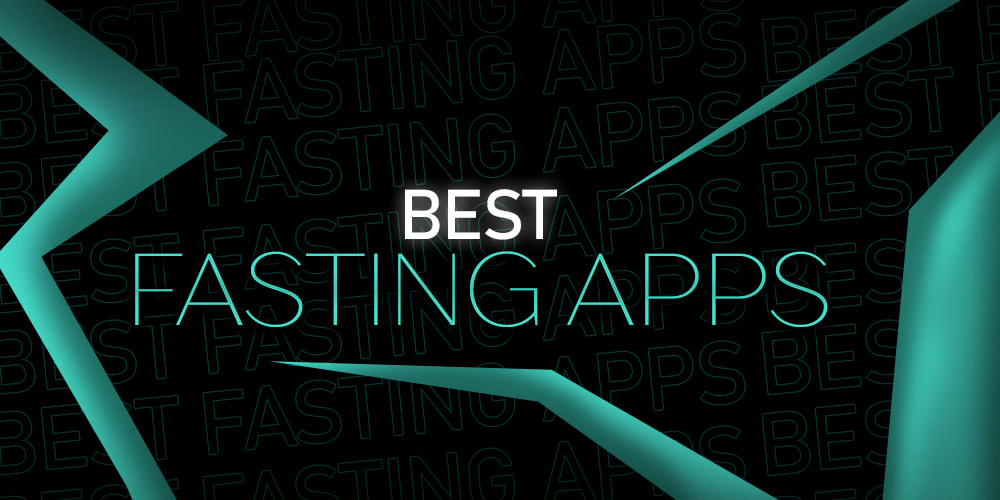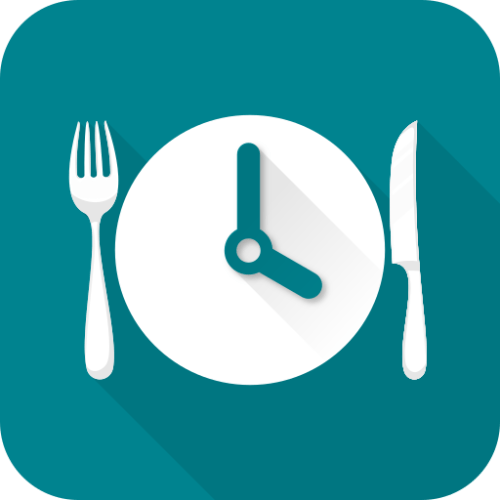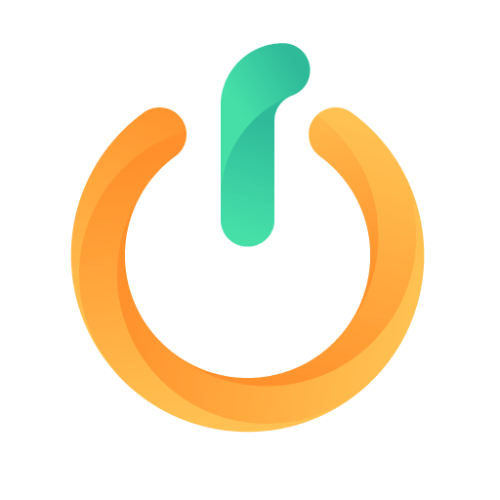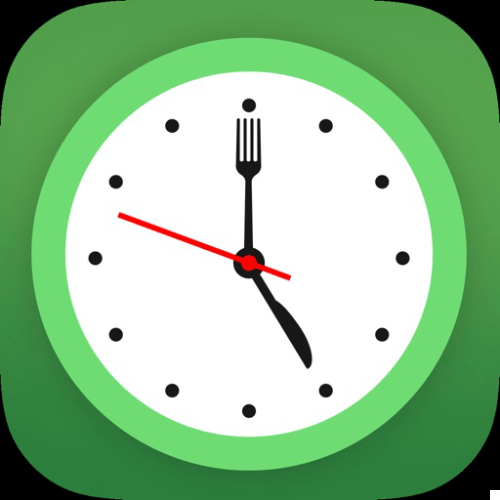best intermittent fasting apps

One of the most difficult weight loss routines to endure is intermittent fasting. It's a tough process to begin and many who partake in the various forms of fasting will tell you that sticking with it is nearly impossible. To make intermittent fasting more accessible to all, many companies have begun developing apps to help guide users through the complexities of fasting.
With this new trend of intermittent fasting apps flooding the market, it can be quite overwhelming for anyone trying to find the perfect program. There are just so many fasting apps to choose from - many of which offer similar content and features. So, how does one choose the right fasting app for their needs?
Well to make the app hunt easier, we here at Fastingapps.com have compiled a list of the 10 best intermittent fasting apps online today. We've reviewed each app to ensure you have a full understanding of what to expect when you sign up for their services. These 10 apps are the best of the best and quickly became our go-to source of intermittent fasting knowledge and assistance, long after our review process was complete.
Our top 3 Best Fasting Apps
1. DoFasting App
Ranks #1 out of 12 fasting apps
App rating
DoFasting is a fantastic app that is designed to be your guide through a tough process. It walks you through each stage of weight loss and offers a tender hand to guide you as you need it. The personalization options are incredible and offer an experience tailored specifically for you. You won't have to worry about the plan being harmful to your body type or following steps designed for someone else. By taking the app's quiz at the beginning of the process, your experience is your own.
DoFasting's library of fasting plans makes for a comprehensive and effective experience. Expert knowledge on each type of fasting is used to ensure that every user can find the path that benefits them most. If intermittent fasting isn't for you, then perhaps the alternate-day fasting technique will work. DoFasting is one of the few places where you can find almost every type of fasting in one spot.
Pros
Cons
2. Zero Fasting App
Ranks #2 out of 12 fasting apps
App rating
Overall, this is a high-quality app. The content you have access to and the step-by-step instructional videos are certainly worth the price. The feature that really stood out to me was the fast-tracking timer. It makes keeping track of your fasting and eating breaks simple and lets you know what progress you're making. You won't always see the progress on yourself too quickly so having the statistics section showing you your progress is a fantastic addition.
My favorite feature of Zero Fasting is the direct contact it offers. You can submit your questions to a panel of experts who will respond directly and provide you the one-on-one contact that could get you through whatever obstacle you're facing. The advanced statistics are a fantastic way to get into the details of what your body is experiencing. The more you know about how fasting is affecting you, the more you can do to benefit yourself.
Pros
Cons
3. Life Fasting Tracker App Review
Ranks #3 out of 12 fasting apps
App rating
Where this app truly shines is the community pages. Users can interact, post their progress, and make friends with others in the intermittent fasting community. It's a fun feature that makes you feel a part of something larger. With Life Fasting Tracker, you're not alone in the journey. Throughout my Life Fasting Tracker app review, I constantly found myself returning to my profile page to see what progress my friends were making.
The tools they offer are pretty standard but quite effective. Though there are other apps that might offer more, Life Fasting Tracker does have plenty of useful information and guides to get you through intermittent fasting. The statistics are easy to comprehend and can be quite useful for tracking the progress of your body.
Pros
Cons
Other Best Intermittent Fasting Apps
App RATING
4. Window App
Where this app truly shines is in its choice of goals. Most apps assume that weight loss is your end goal and tailor their services towards that mark. Throughout my Window - Intermittent Fasting app review I was continuously asked what my end goal was. The app ensures that all sorts of health-related goals can be achieved. Weight loss, more energy throughout the day, fat burning, better sleep, improved heart health, and so much more.
I loved the inclusion that this app offers its users - it's not just one sort of health benefit. If you're looking for a fasting app that isn't designed for just weight loss, then Window might be the perfect program for you. It's a thorough app that is designed to benefit you and to make your time fasting easier.
APP RATING
5. FastHabit App
If you're looking for an incredible fasting tracker as well as a dedicated fasting schedule keeper, then FastHabit is the perfect app for you. It's a thorough program that makes keeping track of your progress and success simple. The fasting timer keeps you honest with how much longer you have to fast, the calendar alerts you to what your weekly schedule is looking like so that you can plan accordingly, and the syncing options lets you bring your workout into the mix.
It's not nearly as inclusive as other apps I've reviewed - it's simply a tracker and calendar with a few extra features - but for the price you're paying, it's still a bang for your buck. If you're looking for apps with meal recommendations, workouts to do, and libraries of fasting information, then this might not be the right app for you. But for $2.99, you won't find a better fasting tracker anywhere.
APP RATING
6. Fastic App
Fastic is a modern app created by an experienced team who are ready to help you get started on your intermittent fasting journey. It's a beautifully designed app that offers a sense of joy and simplicity as you use it but really is a complex and thorough fasting program. Its extra features are designed to make fasting easy and accessible to all.
While there are many fasting apps that offer libraries of content and information to learn about fasting, few reach the heights achieved by Fastic. This was my favorite feature throughout the Fastic app review - their academy made intermittent fasting a concept that anyone could understand. After going through the academy, it was clear what intermittent fasting was doing to your body and why it was helping you remain healthy.
App RATING
7. MyFast Tracker App
MyFast Tracker is a fantastic fasting app designed for anyone who needs a buddy throughout the fasting process. It's a dedicated companion with all of the tools you need to find success while fasting. From the fasting timer to the well-designed weekly schedule, MyFast Tracker has it all. Throughout this MyFast Tracker app review, I couldn't help but notice the incredible individuality of the app. It's a unique program that fits specific needs not found in other apps.
App RATING
8. Vora App
Though simple in design, the features offered through the Vora app are quite impressive. When I started the Vora app review, I was put off by the look of the app. It's a low-quality design and some of the functionality of the front-end coding was lacking. However, once you get past the odd look of the app, it's one of the most impressive fasting programs available. There are so many extra features that make fasting simple and fun.
App RATING
9. Fastient App
Simple and easy to use, Fastient is a fantastic app for the basics of fasting. This app offers users a few extra features, but sometimes that's all you need. If you're in the market for a fasting app that enables you to track progress and keep up to date on your personal growth while fasting, then Fastient is a great app for you. It doesn't offer too many extra bells and whistles, but for the low-cost subscriptions that come with the app, that's to be expected.
App RATING
10. BodyFast App
If you're looking for one of the most comprehensive and personalized fasting apps available, then BodyFast is the app for you. Throughout my BodyFast app review, I found myself in awe of the customization options available. This app is able to personalize your fasting week like no other and it ensures that the plans you're following are well-suited for your lifestyle and goals.
CONCLUSION
Each app on our list is made well and designed to make the fasting process simple. While there might not be a clear winner among the fasting apps we listed, our team certainly does have some favorites. Before getting into how we organized our list, we do have to offer this tip: Our list is based on what features we felt made a high-quality fasting app. For us, DoFasting was number one but for you, that could have been Fastic.
Each app on our list is well worth your time and warrants a review from you. Just because it ranked low on our list doesn't mean it isn't an amazing fasting app. Every app on our list went through a rigorous review process and was determined to be one of the best available.
So with that being said, our favorite app was DoFasting thanks to the custom experience they offer their users. Their plans, meals, and routines are all based on you and what you're looking for. Again, it's impossible to say that DoFasting is the best overall, but it was certainly the one that worked best for our review team.
Best Intermittent Fasting Apps Summary
App | Price | Operating System | Rating | Header |
|---|---|---|---|---|
From $1.27 per week |
| |||
$1.25 – $2.50 per week |
| |||
$1.25 – $2.50 per week |
| |||
$1.25 – $2.50 per week |
| |||
$1.25 – $2.50 per week |
| |||
$1.25 – $2.50 per week |
| |||
$1.25 – $2.50 per week |
| |||
$1.25 – $2.50 per week |
| |||
$1.25 – $2.50 per week |
| |||
$1.25 – $2.50 per week |
|
FREQUENTLY ASKED QUESTIONS
 What is the best fasting app?
What is the best fasting app?
While there are tons of fantastic fasting apps available online, we have compiled a list of our 10 favorite fasting apps. Each of these 10 apps offer quality, support, and knowledge as you begin your intermittent fasting journey.
 How do fasting apps work?
How do fasting apps work?
Many fasting apps will start with a quiz or a questionnaire to get to know you and your goals. This quiz enables them to get a solid, custom plan started for you, but that’s just the beginning.
 Which fasting app is free?
Which fasting app is free?
There are tons of fasting apps that offer a free version of their services. Typically, these free apps withhold much of what they have to offer under a paywall. Our list features a couple fasting apps that offer a free version or trial.
 What is the most popular fasting app?
What is the most popular fasting app?
Our list of the 10 best fasting apps features some of the most popular fasting apps around. With anywhere from 500,000 to 5,000,000 downloads and users, we ensure that you have a fasting community to choose from.
Fastingapps.com may earn commissions when you purchase apps through our links to external sources. Read our affiliate disclosure here.

Andrew Brewer
Andrew Brewer started Fastingapps.com to give people the guidance that he never received when he was first starting. His goal is to make your goals achievable and to offer you only the best fasting apps that the internet has to offer. You're not on your own - Andrew and the entire family of reviewers at Fastingapps.com are here with you every step of the way!







